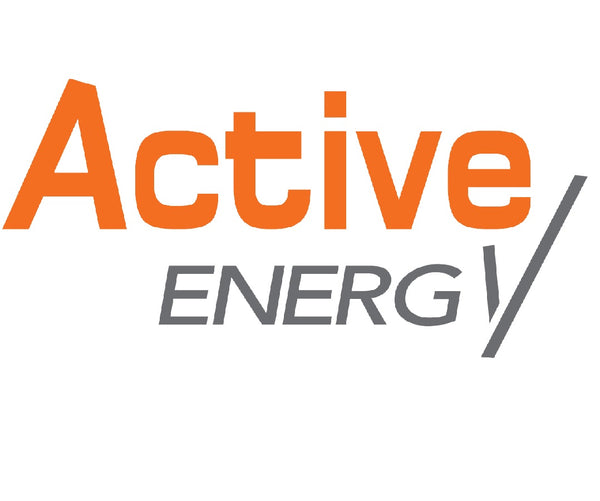A micro inverter is a relatively newer technology in comparison to traditional string inverters, and it holds several distinct differences. Below, we'll delve into what a micro inverter is, its advantages, and its drawbacks when compared to conventional string inverters.
Micro Inverter:
A micro inverter is a distributed inverter system where each solar panel is connected to an individual micro inverter. This implies that each solar panel has its own inverter, which converts the generated direct current into alternating current. This differs from the traditional string inverter system, which connects multiple solar panels in series to a single inverter.
Advantages of Micro Inverters:
-
Modular Design: The modular design of micro inverters grants greater flexibility. If one solar panel experiences a malfunction, the entire system remains unaffected, as each panel has its own inverter.
-
Maximum Power Point Tracking (MPPT): Each solar panel has its own MPPT, meaning the system can operate efficiently even in partial shading or low-light conditions.
-
Fault Isolation: A malfunction in one micro inverter within the system won't impact the operation of other inverters. This fault isolation enhances reliability and minimizes maintenance costs.
-
Performance Monitoring: Micro inverter systems often come with real-time performance monitoring, allowing the tracking of the efficiency and status of each individual solar panel.
-
Fire Safety: Since micro inverter systems convert the current near each solar panel, the system's overall voltage is lower, reducing the risk of fires.
Disadvantages of Micro Inverters:
-
Higher Cost: Due to the necessity of a micro inverter for each solar panel, the system cost may be higher compared to traditional string inverter systems.
-
Complex Installation: Installing a micro inverter system can be relatively complex, requiring more electrical connections.
-
Maintenance: While a malfunction in one inverter won't affect the rest of the system, maintenance might be more demanding when repairs or replacements are required.
-
Power Limitations: Micro inverters generally offer lower power capacities and might not be suitable for large-scale solar arrays.
Conclusion:
Micro inverters exhibit advantages such as modular design, maximum power point tracking, and fault isolation. However, they also come with drawbacks like higher costs and complex installation. The choice between micro inverters and traditional string inverters depends on your requirements, budget, and the scale of your power system.

